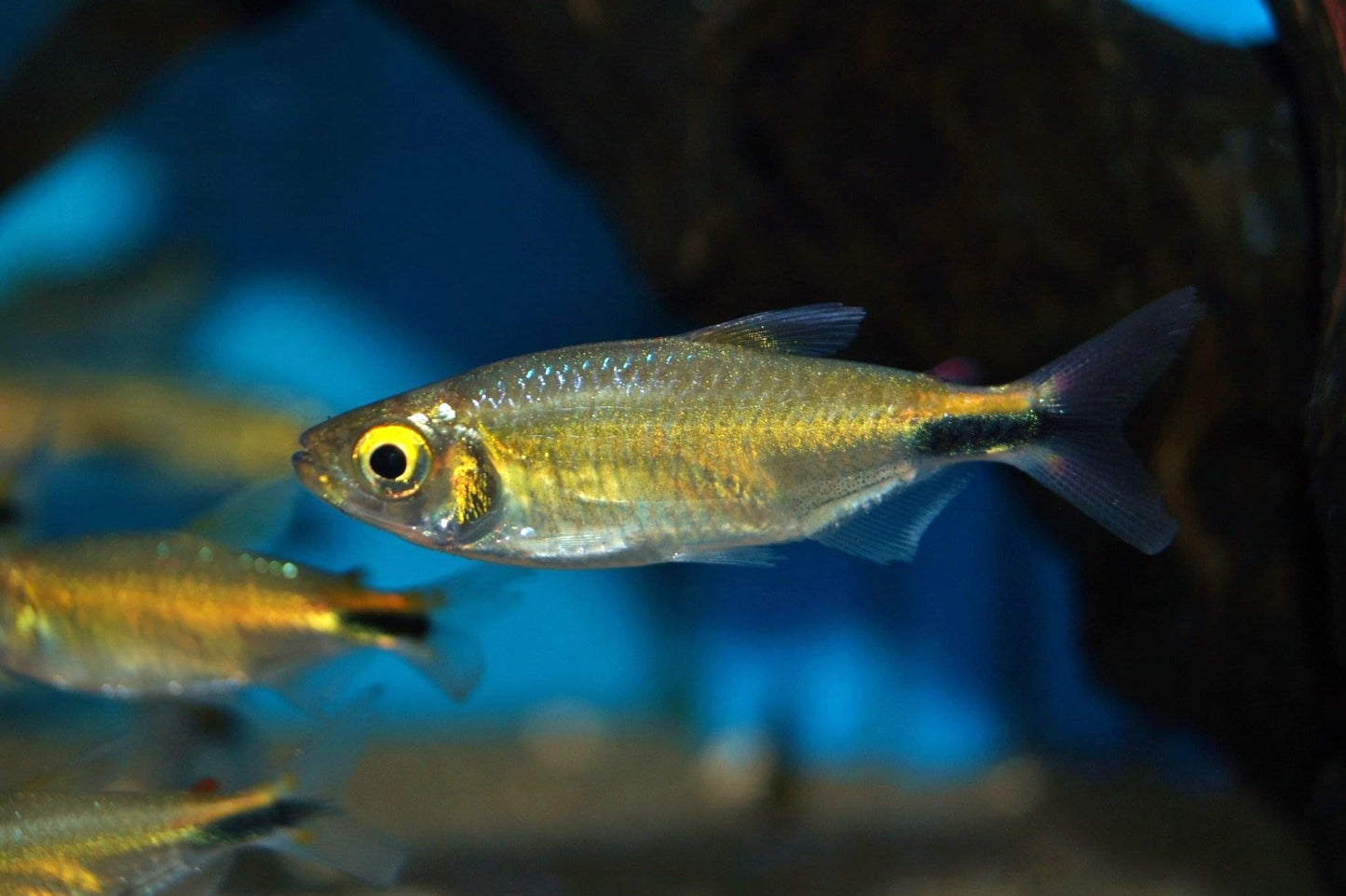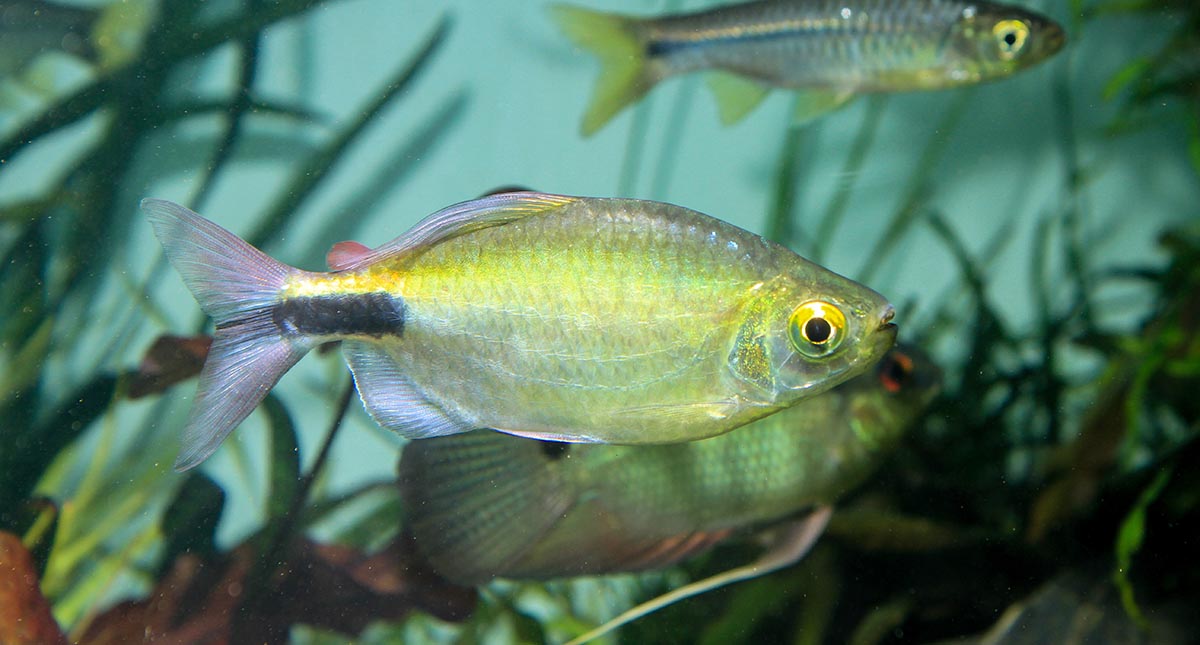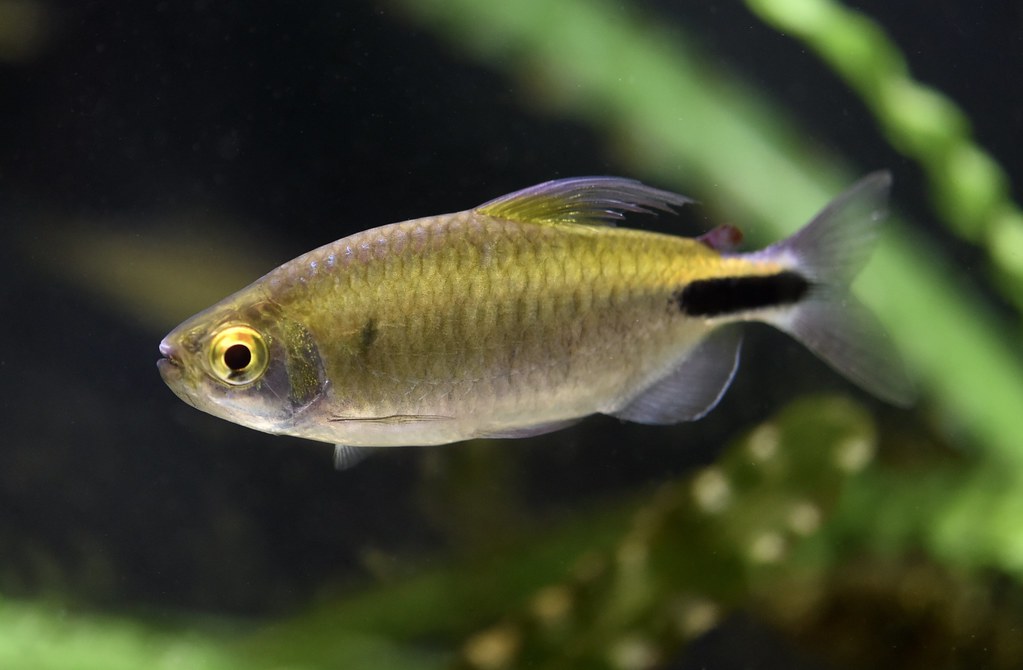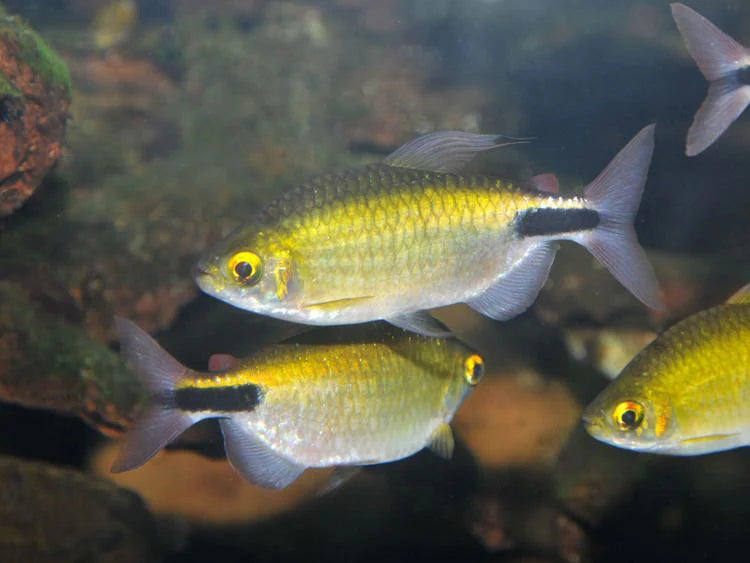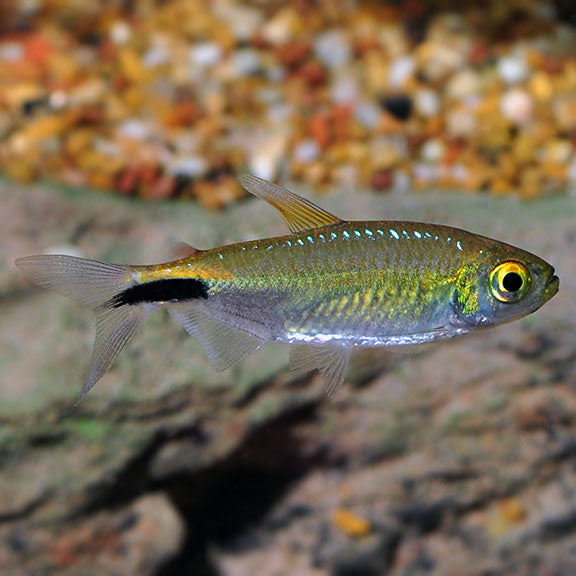Alestes Tetra (Brycinus longipinnis) - Live Fish
Alestes Tetra (Brycinus longipinnis) - Live Fish
Total items
Product subtotal
Detailed Description
Detailed Description
The Alestes Tetra (Brycinus longipinnis) is a vibrant and active species of freshwater fish, belonging to the family Alestidae, commonly known as the African tetras or splash tetras. These tetras are native to West and Central Africa, where they are often found in rivers and lakes with slow-moving waters, surrounded by plenty of vegetation. Known for their beautiful colors, energetic swimming behavior, and shoaling nature, they are popular among aquarists looking for a lively and colorful addition to their aquarium.
Key Features of the Alestes Tetra:
-
Appearance:
- Alestes Tetras have a sleek, torpedo-shaped body, which helps them swim quickly and gracefully.
- The body color can vary depending on the species but is typically silver or yellowish, with iridescent markings and bright yellow or red-orange fins, which can create a stunning contrast.
- Their fins often feature a distinct black marking near the tail, adding to their unique appearance. Their eye color is also vibrant, usually red or yellow, adding to their eye-catching look.
- These fish generally grow to around 2-3 inches (5-7.5 cm) in length, making them a medium-sized tetra suitable for many aquarium setups.
-
Habitat:
- Native to the rivers and lakes of West and Central Africa, Alestes Tetras live in slow-moving and well-vegetated waters, where they often form large schools to provide protection and social structure.
- In the aquarium, they thrive in planted tanks with gentle water movement that simulates their natural environment. It’s important to provide hiding spots, such as plants or driftwood, and soft substrate for them to feel secure.
- These tetras do well in a temperature range of 72-80°F (22-27°C), with a pH of 6.5-7.5 and moderately hard water.
-
Diet:
-
Alestes Tetras are omnivores and will accept a variety of foods in the aquarium, including:
- High-quality flake or pellet food
- Live or frozen foods, such as brine shrimp, daphnia, and bloodworms
- Vegetables, like spirulina, blanched spinach, and algae wafers
- Providing a varied diet will ensure they stay healthy and vibrant, especially since they need both plant-based and protein-rich foods to thrive.
-
Alestes Tetras are omnivores and will accept a variety of foods in the aquarium, including:
-
Behavior:
- Alestes Tetras are active and social, making them perfect for a community tank. They prefer to swim in schools, so it’s best to keep at least 6-8 fish together to prevent stress and encourage natural schooling behavior.
- They are peaceful fish, making them a great addition to a community tank with other peaceful species such as neon tetras, gouramis, and corydoras catfish. However, they may be a bit skittish at first and take some time to adjust to new environments.
- They swim in the middle to upper levels of the tank, often darting around quickly and energetically, which makes them fun to watch.
-
Tank Care:
- Alestes Tetras are relatively hardy but do require well-maintained water conditions to thrive.
- They need a stable water environment with gentle filtration, regular water changes, and moderate water hardness.
- A planted tank with plenty of hiding spaces and room for swimming is ideal. The plants also help create the peaceful environment that these fish enjoy.
- Weekly water changes are important, and the tank should be clean to maintain the vibrant colors of the fish.
-
Breeding:
- Breeding Alestes Tetras in captivity can be a bit tricky, but it is possible with the right conditions.
- They are egg scatterers and require a breeding tank with plenty of plants or spawning mops to collect the eggs.
- After the eggs are laid, they should be removed from the tank to avoid being eaten by the adult fish.
- The eggs hatch in about 2-3 days, and the fry will need to be fed infusoria or liquid fry food until they grow large enough to accept larger foods like brine shrimp.
Conclusion:
The Alestes Tetra is a beautiful and lively addition to a well-maintained community aquarium. Known for their iridescent coloration, energetic swimming, and social behavior, these tetras are a perfect choice for hobbyists who want an active and colorful species in their tank. By keeping them in a school, providing the proper tank environment, and feeding them a balanced diet, they can thrive and become a stunning highlight in your aquarium.
Product features
Product features
Materials and care
Materials and care
Merchandising tips
Merchandising tips
Share
